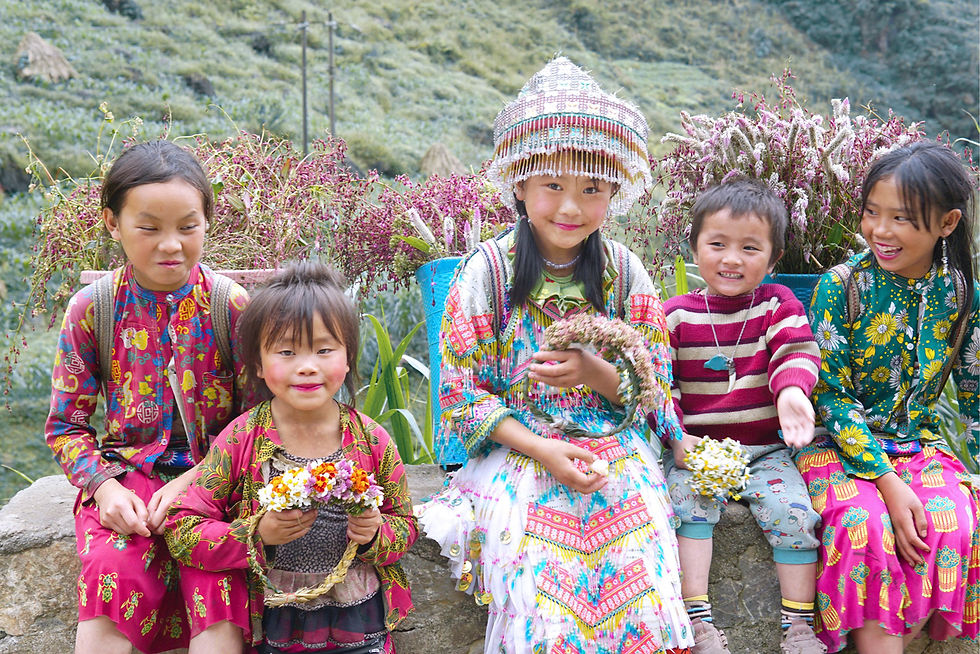Child Marriage, and the Policies Needed
- Nguyen Tuong Vy
- Aug 13
- 2 min read
Updated: 5 days ago
Millions of young girls worldwide are still forced into marriage before they are ready. These marriages, cloaked in the name of “tradition,” rob them of the years that should have been devoted to learning, self-discovery, and growth. Banning child marriage is not only a moral imperative, but also a political decision that reshapes the future of women, families, and entire societies.
When a girl is protected from early marriage, she is enabled to gain three to four critical years to mature and to sharpen her voice. Those years help shape future mothers, workers, and leaders who are knowledgeable, resilient, and fully capable of contributing to the decisions that define both family and society.

The effects ripple outward. Within the home, delayed marriage fosters stronger households. Women who marry later tend to have healthier pregnancies, are better able to support their children’s education, and build more equal partnerships with their husbands. Families rooted in equality and mutual respect become the robust building blocks of society. At the societal level, the benefits multiply. Communities with lower rates of early marriage often show higher rates of female literacy, better public health outcomes, and greater gender balance in leadership positions. For example, by contrast to South Sudan, where more than half of girls marry before 18 and adult female literacy lags at around 29% (BMC Women’s Health - A Study on Women in South Sudan), child marriage in Bhutan affects only 26% of young women, and adult literacy among women has climbed to 64%, while youth literacy nears universal coverage at 98% (TheGlobalEconomy.com). Health outcomes also diverge: maternal mortality in Bhutan stands at approximately 50 per 100,000 births (Asia News Network; BMC Public Health), a fraction of South Sudan’s rate (which can exceed 1,000, according to BMC’s Women’s Health - 2023 Review and The Guardian - Report from a South Sudan government survey), and infant mortality has dropped into the teens per 1,000 births. These figures illustrate how lower early marriage correlates with stronger female education and far better maternal and child health. Therefore, a society where women and men stand on equal footing is a society that knows how to innovate, adapt, and thrive.

Future female leadership will not emerge by chance; it requires political decisions made today. And banning child marriage is one such choice. This policy should be spread and applied in more parts of the world, especially as UNICEF estimates that anti–underage marriage campaigns have helped prevent 25 million cases of child marriage globally over the past 10 years (source). If we are serious about cultivating the next generation of women leaders, we must first allow girls the most basic right: the right to grow up.



Comments